Table of Contents
Have you ever wondered about the incredible creature known as the Komodo Dragon? These fascinating reptiles are not just your ordinary lizards; they hold some extraordinary secrets that make them stand out in the animal kingdom. Join us as we delve into the world of the Komodo Dragon, exploring its habitat, diet, behaviors, and more.
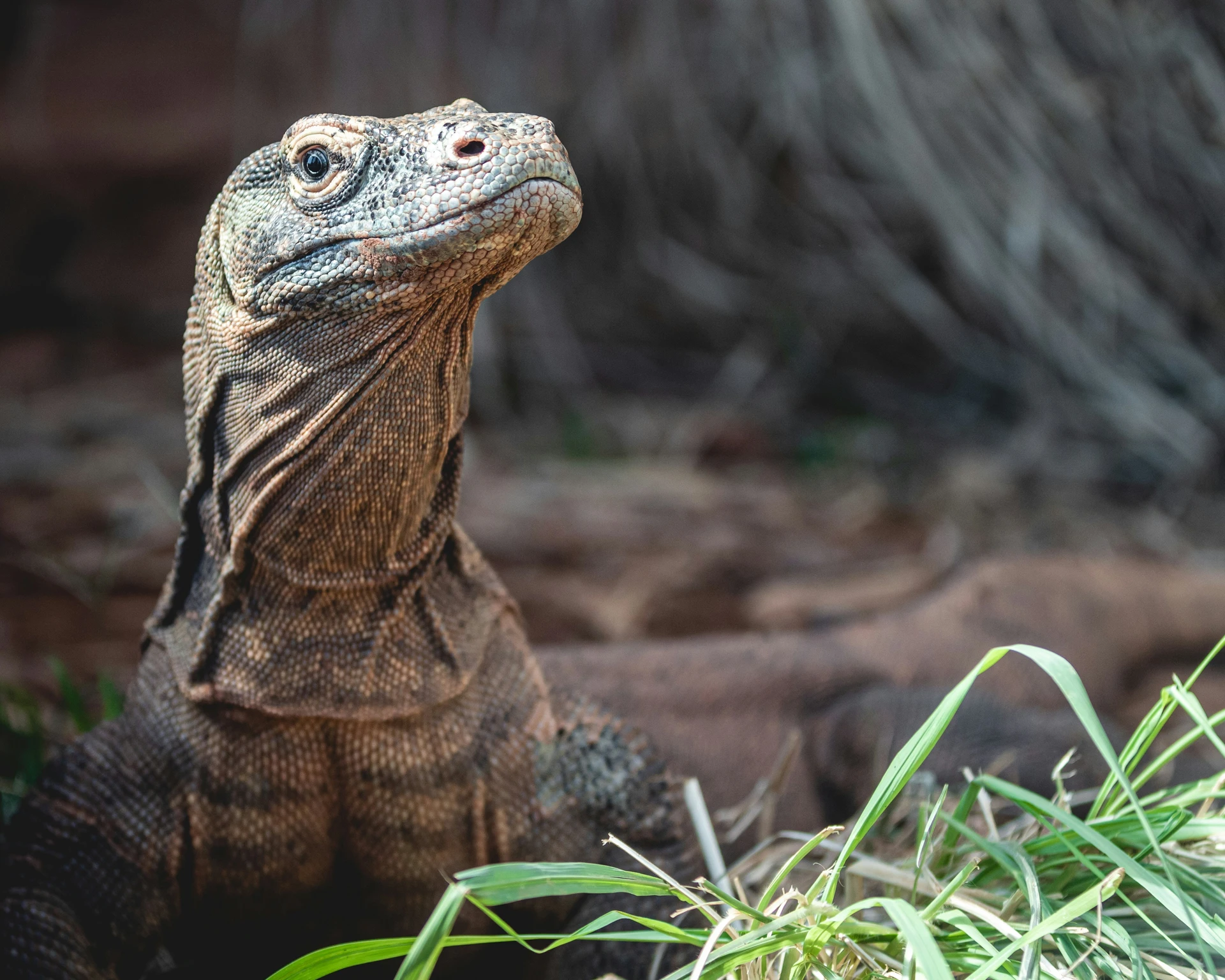
Habitat and Distribution
The Komodo Dragon, scientifically known as Varanus komodoensis, is native to the Indonesian islands of Komodo, Rinca, Flores, Gili Motang, and Padar. These islands are part of the Lesser Sunda chain, located in southeastern Indonesia. The Komodo Dragon’s natural habitat consists of tropical savannas, dry forests, and coastal regions.
These reptiles are well-adapted to their environment, with their rugged bodies and keen senses allowing them to thrive in both terrestrial and marine ecosystems. They can be found basking in the sun on rocky outcrops, hiding in dense vegetation, or even swimming in the surrounding waters.
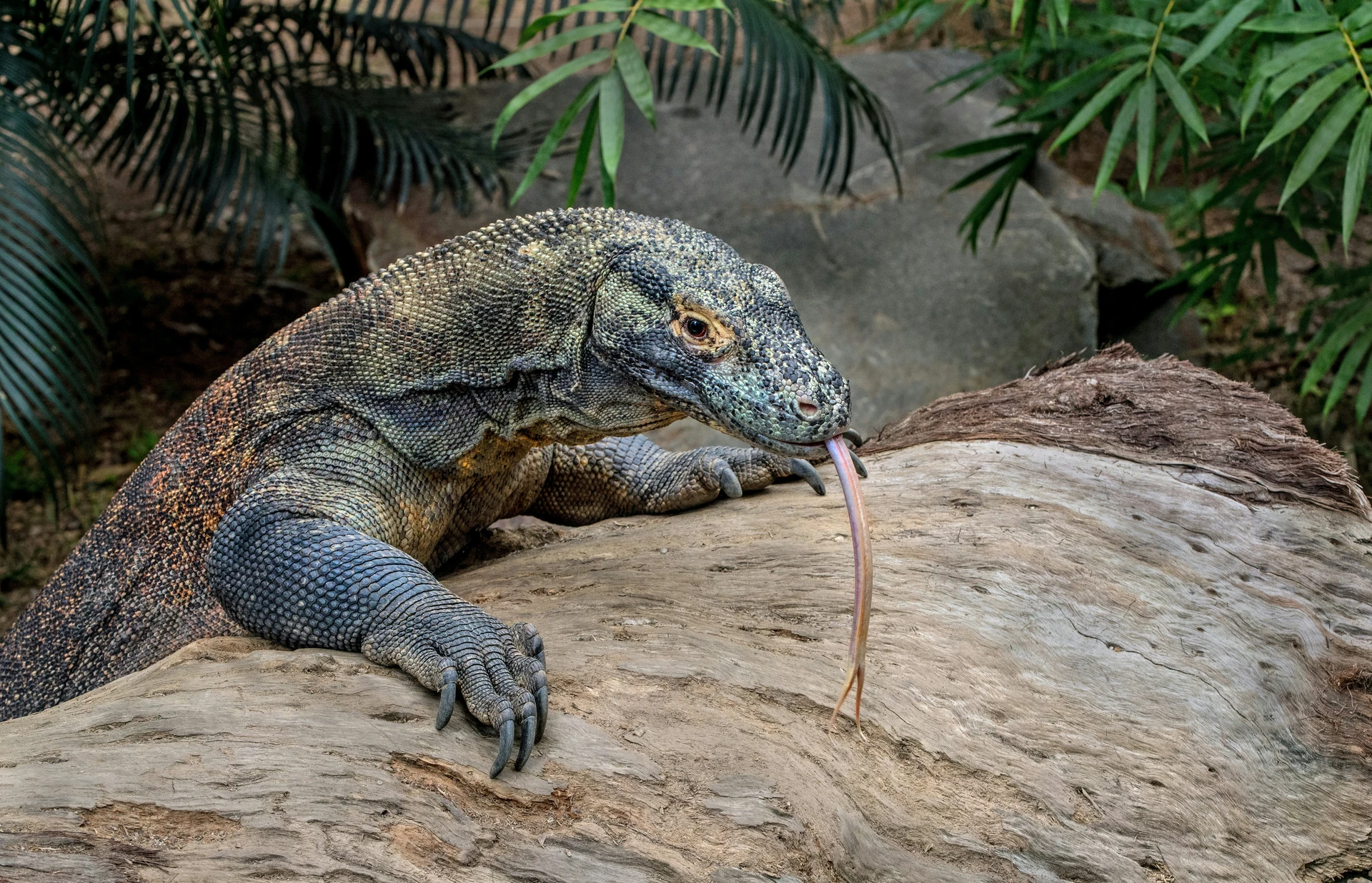
Diet and Feeding Habits
Komodo Dragons are apex predators, known for their voracious appetite and formidable hunting skills. Despite their reputation as scavengers, they are also skilled hunters, capable of taking down prey much larger than themselves. Their diet primarily consists of carrion, but they also actively hunt a variety of prey, including deer, wild boar, birds, and smaller reptiles.
One remarkable aspect of their feeding behavior is their ability to consume large quantities of food in a single meal. After making a kill or finding a carcass, they will gorge themselves, sometimes eating up to 80% of their body weight in one feeding session. Their powerful jaws and serrated teeth enable them to tear through flesh and bone with ease, making them efficient hunters in their ecosystem.
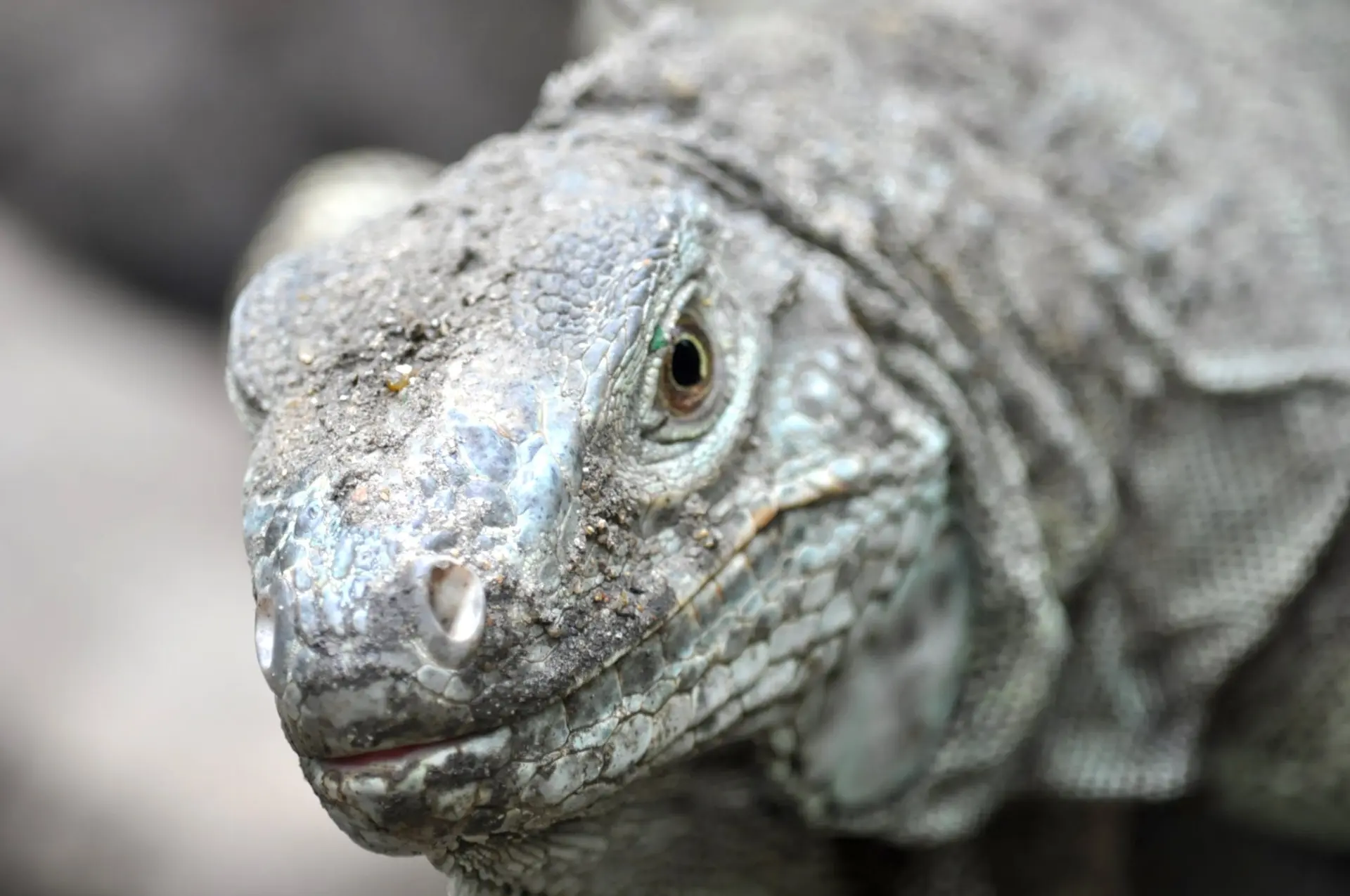
Physical Characteristics
The Komodo Dragon is the largest lizard species in the world, with adult males typically reaching lengths of 8 to 10 feet and weighing around 150 pounds. Females are slightly smaller, usually reaching lengths of 6 to 8 feet and weighing around 100 pounds. These reptiles have a distinctive appearance, with their muscular bodies, long tails, and forked tongues.
Their rough, scaly skin provides protection from the elements and helps them blend in with their surroundings. They have a keen sense of smell, aided by a specialized organ in their mouth called the Jacobson’s organ, which allows them to detect prey from long distances.
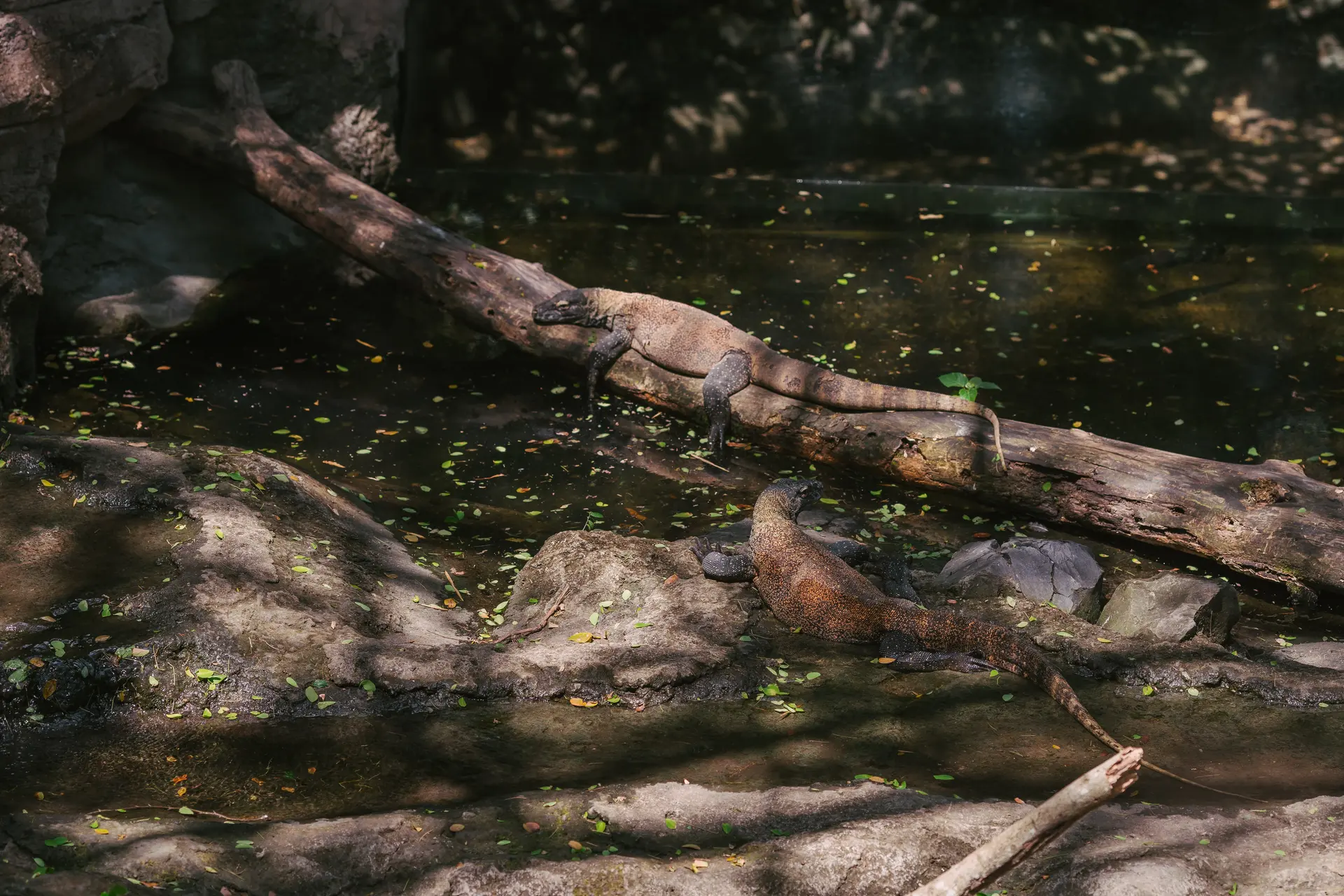
Behavior and Social Structure
Komodo Dragons are solitary animals for most of their lives, only coming together during the breeding season. They are territorial creatures, marking their territory with scent glands located on their throat and underside. Males are especially aggressive towards each other, engaging in fierce battles over territory and mating rights.
Despite their solitary nature, Komodo Dragons are not entirely anti-social. They have been observed engaging in social behaviors such as play-fighting and communal feeding, particularly when scavenging on large carcasses. However, these interactions are often short-lived, and they usually return to their solitary lifestyles afterward.
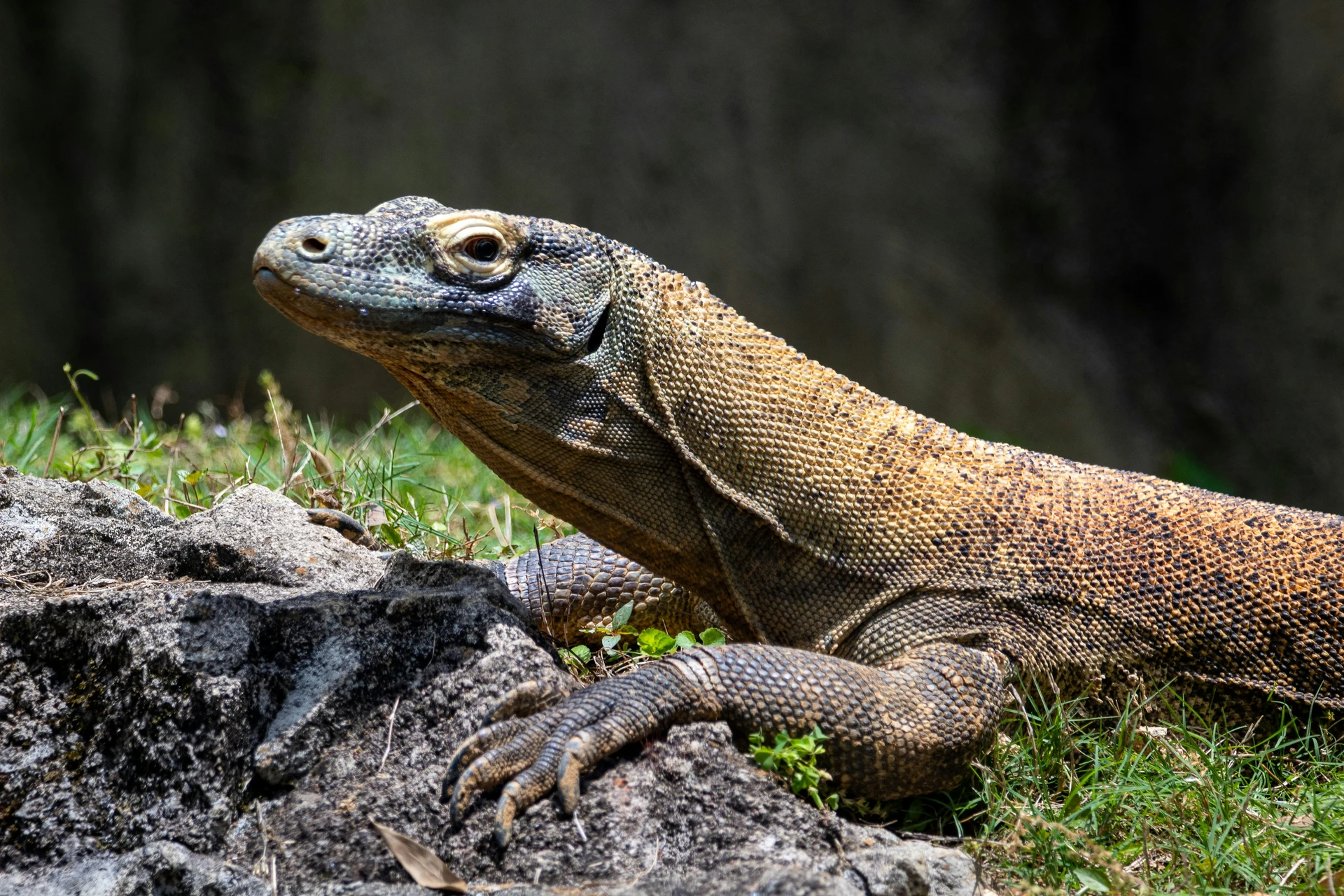
Reproduction and Life Cycle
Breeding typically occurs between May and August, with females laying their eggs in September. After a gestation period of around 7 to 8 months, females will dig a nest and lay a clutch of 15 to 30 eggs. The eggs are then incubated for approximately 7 to 8 months before hatching.
Young Komodo Dragons are vulnerable to predation and cannibalism, both from adults and other hatchlings. To increase their chances of survival, they will often seek refuge in trees or burrows until they are large enough to fend for themselves. It takes several years for them to reach sexual maturity, and they can live up to 30 years in the wild.
Learn More!
In conclusion, the Komodo Dragon is a remarkable creature with many unique adaptations that allow it to thrive in its natural habitat. From its impressive size to its formidable hunting abilities, these reptiles are truly one-of-a-kind. If you’re fascinated by the world of reptiles, be sure to check out our reptiles category for more intriguing articles.
Remember, while these reptiles are fascinating to observe, it’s essential to respect their space and observe them from a safe distance in their natural habitat.
F. A. Q. about Komodo Dragon
Where do Komodo Dragons live?
Komodo Dragons are native to the Indonesian islands of Komodo, Rinca, Flores, Gili Motang, and Padar.
What do Komodo Dragons eat?
Komodo Dragons primarily feed on carrion but also hunt a variety of prey, including deer, wild boar, birds, and smaller reptiles.
Are Komodo Dragons poisonous?
While Komodo Dragons are not venomous, they possess toxic saliva that can cause severe infections in their prey.
Do Komodo Dragons attack humans?
Komodo Dragons are known to attack humans, although such incidents are rare. However, they are aggressive predators and should be treated with caution.
How big is the largest Komodo Dragon?
The largest recorded Komodo Dragon measured over 10 feet in length and weighed around 366 pounds.
Are Komodo Dragons dangerous?
Komodo Dragons can be dangerous, especially when provoked or threatened. Their powerful jaws and sharp teeth make them formidable predators, capable of inflicting serious injuries.


